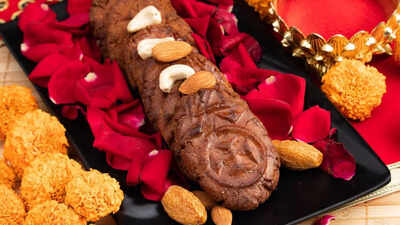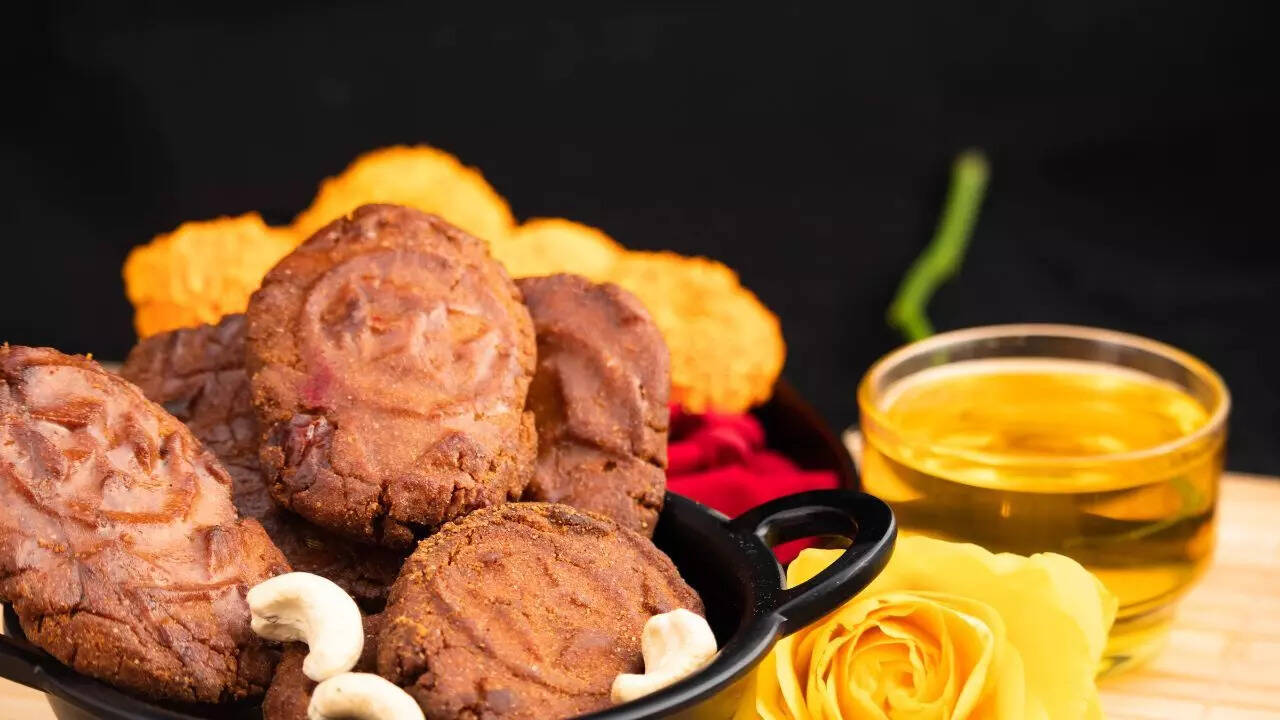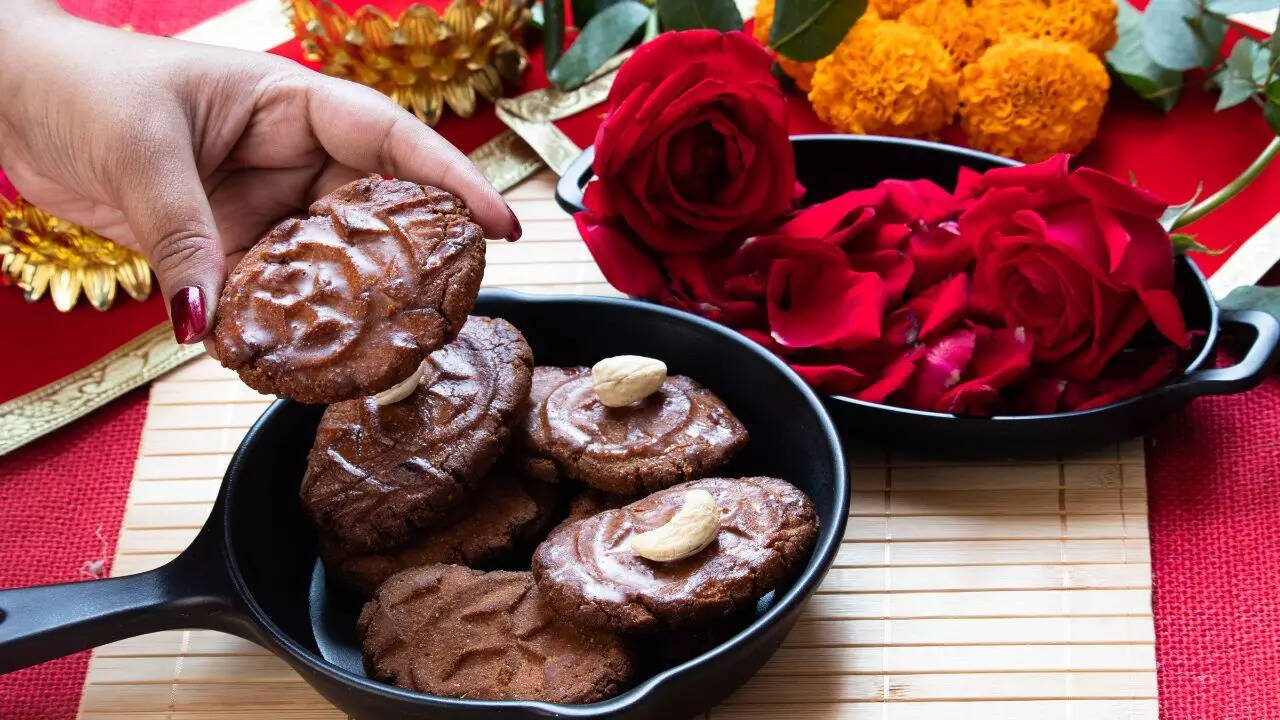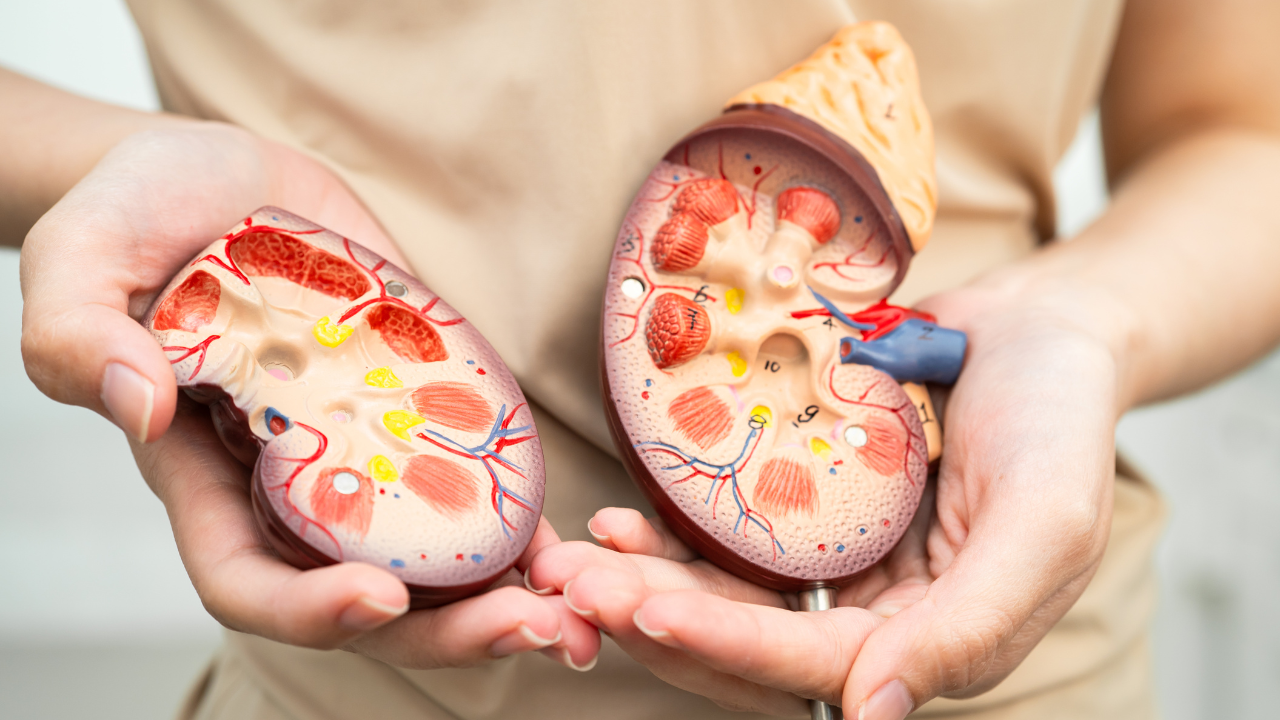Health benefits of thekua: How this traditional Bihari sweet supports nutrition and wellbeing

That crisp and golden-brown biscuit-like delicacy called Thekua, made during Chhath Puja in Bihar and eastern Uttar Pradesh, is more than just festive nostalgia. With whole wheat flour, jaggery, ghee, dry coconut and nuts at its core, it brings together kitchen staples that deliver both flavour and substance. A peer-reviewed study titled “Preparation of Value Added Nutritious Food Products with Incorporation of Sorghum Millet (Thekua)” found that when Thekua was made using millet (sorghum) flour, it showed a significant increase in iron, fibre and calcium content compared to a conventional version. In this article, we explore the health benefits of Thekua, how its ingredients work, and practical tips to enjoy it sensibly in your diet.
Thekua benefits for energy and satiety
Thekua is often prepared with whole wheat flour or sometimes millets, which provide slow-releasing carbohydrates and dietary fibre. In the cited study, the incorporation of sorghum flour improved the fibre content significantly. That fibre helps you feel fuller for longer, which means Thekua can act as a satisfying snack rather than a sugar spike. The jaggery (or sugar) used in many versions grants quick energy, making it a good choice after a fast or for a mid-day pick-me-up. Offers of Thekua during Chhath often serve this dual role of tradition and nourishment.
Thekua advantage for mineral and micronutrient intake

One of the standout benefits of Thekua comes from its mix of ingredients like whole wheat flour, dry coconut, nuts and jaggery, each contributing key nutrients. As reported by lifestyle sources, whole wheat flour contains vitamin B1, B3, vitamin E, calcium, phosphorus, zinc and iron. Meanwhile, the study with sorghum-based Thekua demonstrated increased calcium and iron levels compared to a wheat-only version. These nutrients support blood health, bone strength and general wellbeing.
Thekua benefits for digestion and traditional nourishment
Another benefit of Thekua comes via its use of jaggery and ghee. Jaggery is a traditional sweetener which is said to help with digestion and liver cleansing in folk practice. Sources suggest that jaggery is loaded with minerals like selenium and zinc and may have antioxidant effects. Ghee provides healthy fats that aid the absorption of fat-soluble vitamins and give a warming effect in cooler climates. Taken together, Thekua delivers not just sweetness but a mild nutritional edge rooted in tradition.
Thekua benefit in seasonal and cultural context

In the eastern Indian winter and festival season, Thekua’s durability and shelf-life make it a practical snack. It’s often prepared ahead of festivals and stored, which means its ingredients and packaging are tuned to convenience. Its cultural value as a prasad (offering) also means it is made with care, using traditional ingredients rather than industrial shortcuts. One article notes Thekua’s appeal lies in its simple recipe, long shelf-life and the health-oriented nature of its components.
Sensible ways to enjoy the thekua benefits without excess
While Thekua has many good points, it remains a sweet treat, often fried and made with sugar or jaggery. Here are some tips to maximise its benefits:
- Try baked or shallow-fried versions instead of deep-frying to reduce excess oil.
- Use jaggery instead of white sugar where possible to gain more minerals and avoid rapid blood sugar spikes.
- Incorporate nuts and dry coconut in the mix to enhance healthy fats and micronutrients.
- Enjoy Thekua as a part of a balanced snack rather than eating many in one go, pair with a protein drink or fresh fruit.
- Store in a cool, dry place and eat within a sensible quantity, especially if you’re managing calorie intake or blood sugar.
Thekua carries more than festival symbolism; it offers real nutritive value: slow-releasing carbs for energy, improved fibre and mineral content when wisely prepared, and traditional ingredients that support digestion and general wellbeing. Especially when made with whole-grain or millet flour and jaggery, Thekua can go beyond “just a sweet” to become a meaningful snack choice.However, moderation is key. Even the best-made Thekua is still an indulgence, and how it’s prepared (frying vs baking, sugar vs jaggery) makes a difference. Make it part of a mindful diet and you’ll enjoy both its taste and its benefits.In a world of quick processed snacks, Thekua stands out for marrying heritage, flavour and nutrition. With the right tweaks, you can have your heritage biscuit and eat it too.Disclaimer: This article is for general informational purposes only and is not a substitute for professional medical advice, diagnosis, or treatment. Always seek the guidance of a qualified healthcare provider regarding any medical condition or lifestyle change.Also read|3 food combinations that cause bloating: How poor pairings slow digestion





